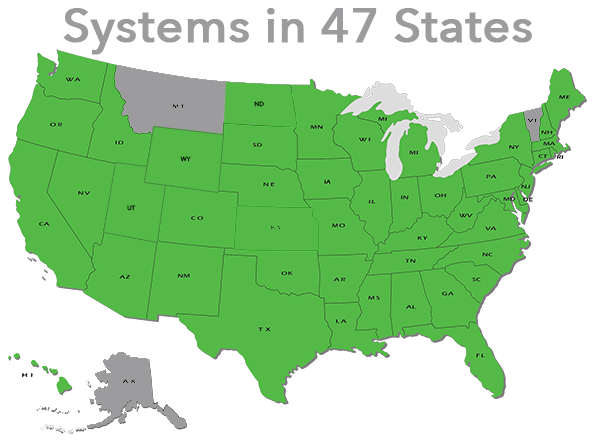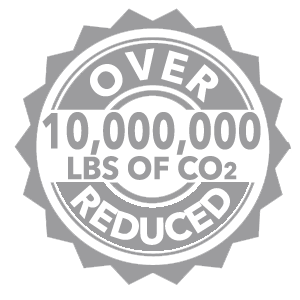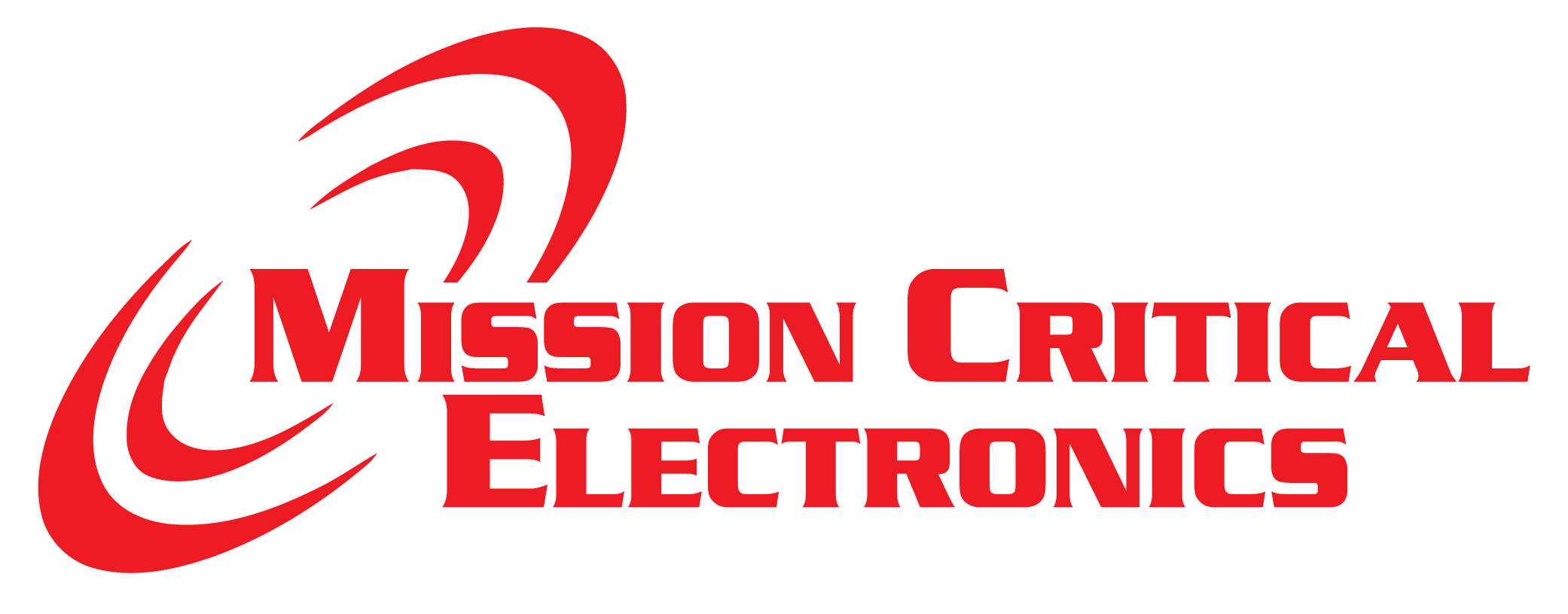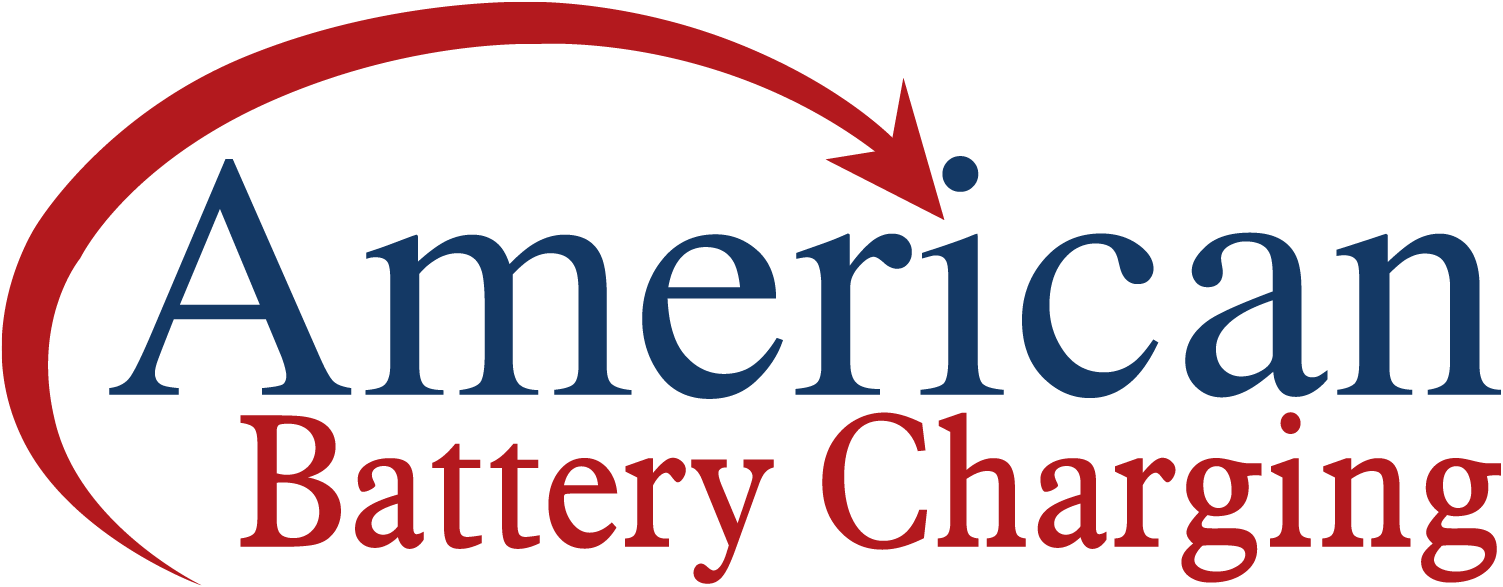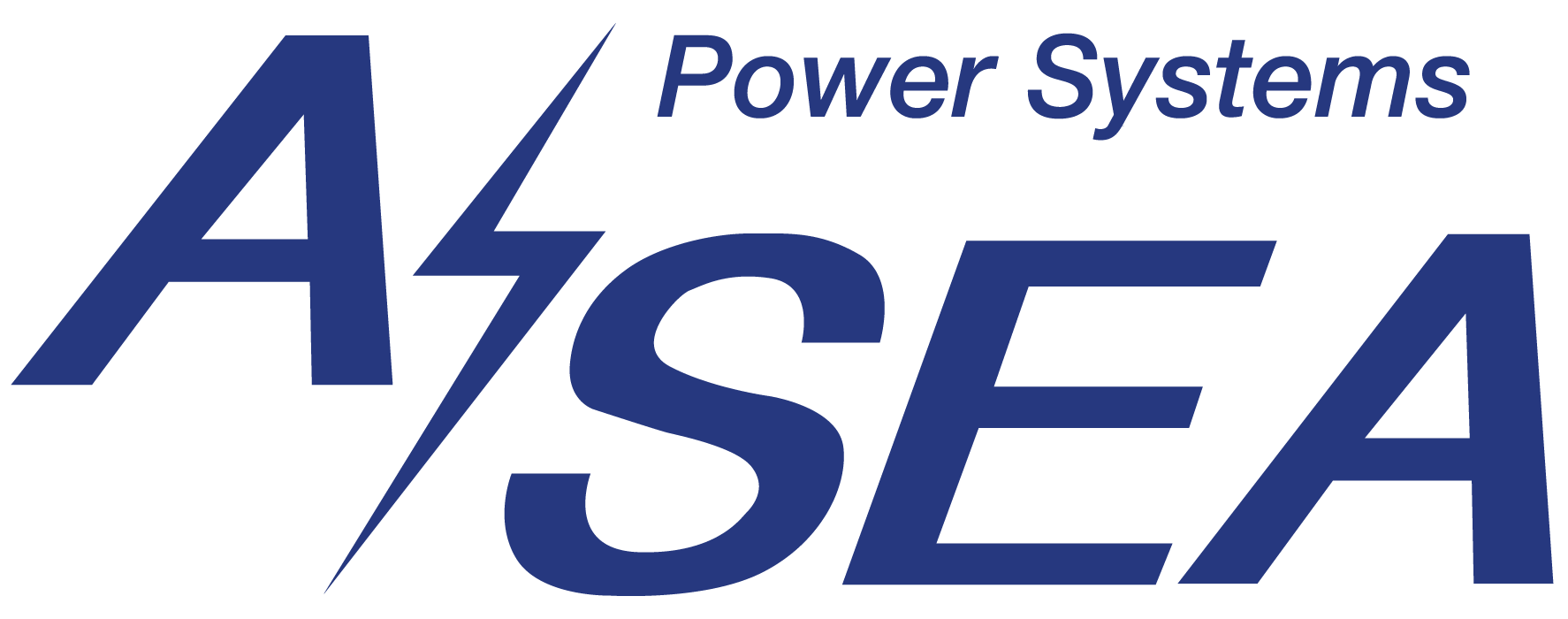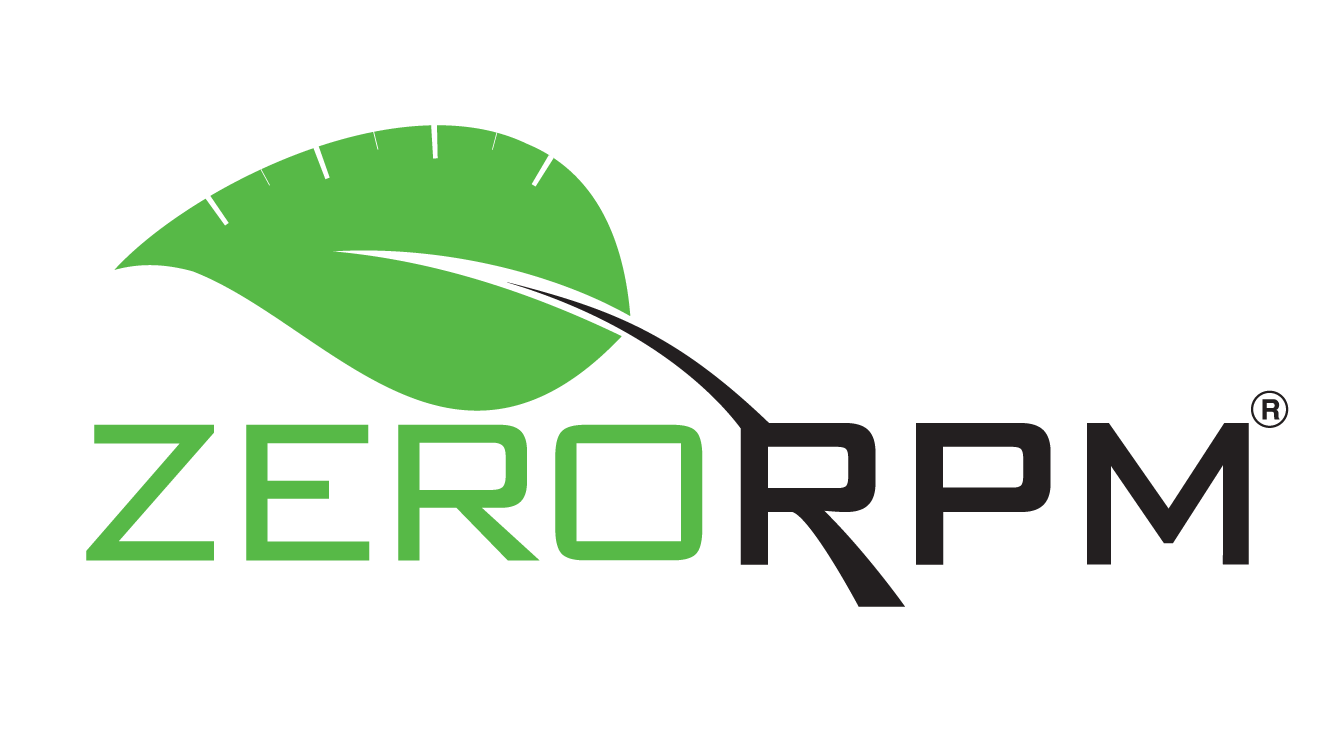Energy Department Sponsored Project Captures One Millionth Metric Ton of CO2
It’s the equivalent of the annual greenhouse gas emissions from 210,526 passenger vehicles. It’s the amount of carbon released by burning over 1 billion pounds of coal. And it’s the amount of carbon dioxide that an Energy Department-sponsored project recently captured.
Air Products and Chemicals Inc. captured their one-millionth metric ton of carbon dioxide at a hydrogen-production facility in Port Arthur, Texas.
Air Products was one of 12 companies awarded Energy Department funding for a carbon capture and sequestration demonstration project in 2009 under the American Reinvestment and Recovery Act. Construction of the facility was completed in March 2013, on time and under budget.
Like most hydrogen production facilities, Air Products’ Port Arthur facility uses steam methane reformers (SMRs), which produce CO2 emissions as a result of the hydrogen production. By using a technology called vacuum swing adsorption, the project has been able to capture over 90 percent of the CO2 from the product stream of the SMRs at the site.
Vacuum swing adsorption works by feeding the SMR product gas -- a synthesis gas consisting predominantly of hydrogen and CO2 -- into “adsorber vessels” where the CO2 adheres to a solid sorbent while the remainder of the stream, primarily hydrogen, passes through the vessels. The hydrogen is purified for use in an adjacent refinery, while the CO2 is removed from the solid sorbent through a number of pressure adjustments inside the vessels.
This process is a promising approach that, if retrofitted to every steam methane reforming facility in the U.S., could reduce our CO2 emissions by about 56 million metric tons a year.
So what do you do with all this pure CO2?
The dried, compressed CO2 is delivered via pipeline to the West Hastings Field, a depleted oil and gas field in southeast Texas where it is used for enhanced oil recovery. This increases the amount of crude oil extracted from fields once thought exhausted, while allowing the CO2 to be permanently stored underground. Using CO2 injection, it is estimated that the West Hastings Field could produce 60 to 90 million additional barrels of oil.
This is just one of the carbon capture technologies that the Department of Energy’s Office of Fossil Energy is studying in pursuit of a cleaner energy future.
In total, Department of Energy projects have captured and securely stored nearly 7.5 million metric tons of carbon dioxide emissions to date, equivalent to taking more than 1.5 million cars off the road for a year.




